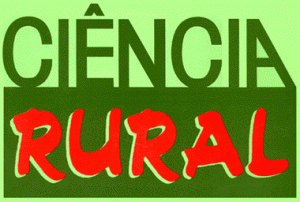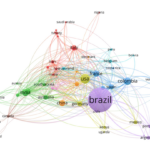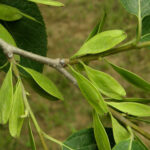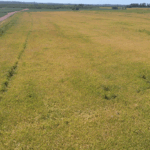Por Valfredo Schlemper, Adjunct Professor of Pharmacology and Therapeutics at the Veterinary Medicine course of the Federal University of the Southern Frontier, UFFS, Campus Realeza, PR, Brazil
Research on “Antibiotic residues in pasteurized and unpasteurized milk marketed in southwest of Paraná, Brazil”, published in Ciência Rural (Vol. 47, No. 12), investigated the presence of antibiotic residues in milk produced and marketed in the Capanema microregion of Paraná. For this, they analyzed samples of pasteurized milk of different brands consumed by the local population, besides samples of unpasteurized milk supplied by a dairy of the region. Through the SNAPduoTM Beta-Tetra ST Test immunoenzymatic screening tests, they were able to verify the presence of antibiotic residues of the β-lactam and tetracyclic classes in the samples. Charm ROSA Test (Charm Sciences) immunoenzymatic kits helped to verify the presence of the quinolone and sulfonamide antibiotic groups. The researchers found positive samples for the four classes of antibiotics surveyed.
According to researcher Valfredo Schlemper, the data found serve as a warning for non-compliance with the rules of management of antibiotics in animals. Treatment of the dairy herd with antibiotics may lead to contamination of the milk and pose risks to human health. “In this specific case, it can be presumed that there is a poor use of antibiotics in the rural environment, which may contribute to the presence of resistant bacterial strains”, analyzes the researcher.
Despite being an important public health issue, there are still few epidemiological surveys that confirm the presence of drug residues in the milk consumed by the Brazilian population. Previous studies, such as Fonseca, et al. (2009), Novaes, et al. (2017) and Trombete, Santos and Souza (2014) focused on analyzes in other regions of Brazil. This study was the first one carried out in the microregion of the state of Paraná, home to one of the largest dairy basins in Brazil.
According to the researchers, the research data will serve as the basis for the construction of a database on the quality of milk produced and marketed in the region of the state of Paraná. In the long term, this information can help in the development of public policies aimed at dairy producers in the region.
References
FONSECA, G. P., et al. Antibiotic residues in Brazilian UHT milk: a screening study. Ciênc. Tecnol. Aliment. [online]. 2009, vol. 29, no. 2, pp. 451-453, ISSN: 1678-457X [viewed 30 November 2017]. DOI: 10.1590/S0101-20612009000200035. Available from: http://ref.scielo.org/9p7qhd
NOVAES, S. F., et al. Residues of veterinary drugs in milk in Brazil. Cienc. Rural [online]. 2017, vol. 47, no. 8, e20170215, ISSN: 1678-4596. [viewed 30 November 2017]. DOI: 10.1590/0103-8478cr20170215. Avaliable from: http://ref.scielo.org/86nq99
TROMBETE, F. M.; SANTOS, R. R.; SOUZA, A. L. R. Antibiotic residues in Brazilian milk: a review of studies published in recent years. Rev. chil. nutr. [online]. 2014, vol. 41, no. 2, pp. 191-197, ISSN: 0101-2061 [viewed 30 November 2017]. DOI: 10.4067/S0717-75182014000200010. Available from: http://ref.scielo.org/bdrv3h
To read the article, access it:
SCHLEMPER, V., SACHET, A. P. Antibiotic residues in pasteurized and unpasteurized milk marketed in southwest of Paraná, Brazil. Cienc. Rural [online]. 2017, vol. 47, no. 12, e20170307, ISSN: 1678-4596 [viewed 30 November 2017]. DOI: 10.1590/0103-8478cr20170307. Available from: http://ref.scielo.org/2rhyj7
External link
Ciência Rural – CR: <http://www.scielo.br/cr>
Como citar este post [ISO 690/2010]:


















Recent Comments